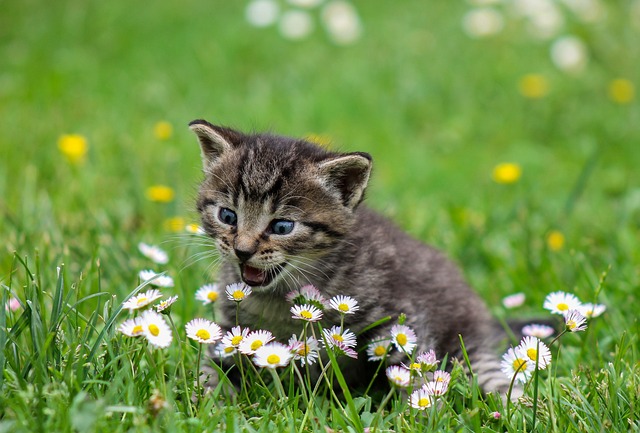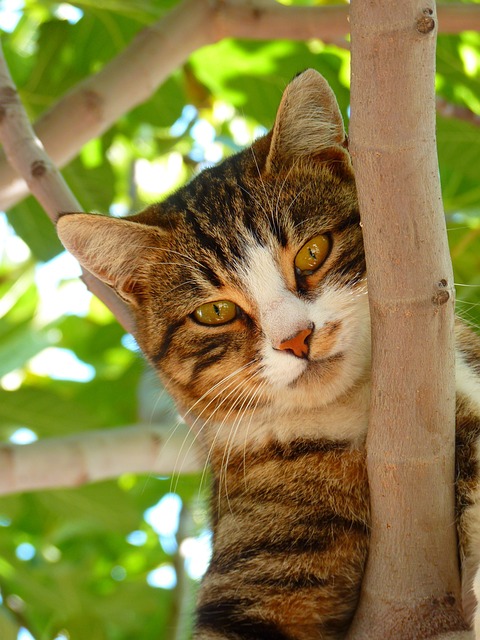As cat owners, ensuring the safety and well-being of our furry companions is a top priority. However, many common plants found in and around our homes can be toxic to cats if ingested. In this guide, we’ll explore the top 10 most poisonous plants for cats, their toxic effects, and how to safeguard your cat from accidental exposure.
1. Lilies (Lilium spp. and Hemerocallis spp.)
Lilies are among the most poisonous plants for cats, particularly Easter lilies, tiger lilies, and Asiatic lilies. These beautiful flowers contain substances that can cause severe kidney failure in cats, even from minimal ingestion such as grooming pollen from their fur. Symptoms such as vomiting, lethargy, and decreased appetite may manifest rapidly, necessitating immediate veterinary care. To protect your cat, it’s imperative to keep lilies out of your home and garden entirely. If ingestion occurs, contact your veterinarian immediately, and seek professional treatment without delay.
First Aid for Poisoned Cats

2. Azaleas and Rhododendrons (Rhododendron spp.)
Azaleas and rhododendrons are popular ornamental shrubs known for their vibrant blooms. However, they contain grayanotoxins, which can induce vomiting, diarrhea, weakness, and even cardiovascular collapse in cats. These toxins can have severe effects on your cat’s health if ingested, emphasizing the importance of keeping these plants out of your cat’s reach. Opt for safer landscaping alternatives to prevent accidental exposure and prioritize the well-being of your feline companion.
First Aid for Poisoned Cats

3. Sago Palm (Cycas revoluta)
The Sago Palm is an attractive addition to many gardens, but its allure belies its toxicity to cats. Cycasin, a potent toxin found in Sago Palms, can lead to severe liver failure and neurological issues if ingested by cats. Symptoms such as vomiting, diarrhea, jaundice, and seizures may indicate poisoning, necessitating urgent veterinary attention. To safeguard your cat, keep Sago Palms out of reach, and exercise caution when planting them in your garden. Awareness and prevention are key to mitigating the risks associated with toxic plants.
First Aid for Poisoned Cats
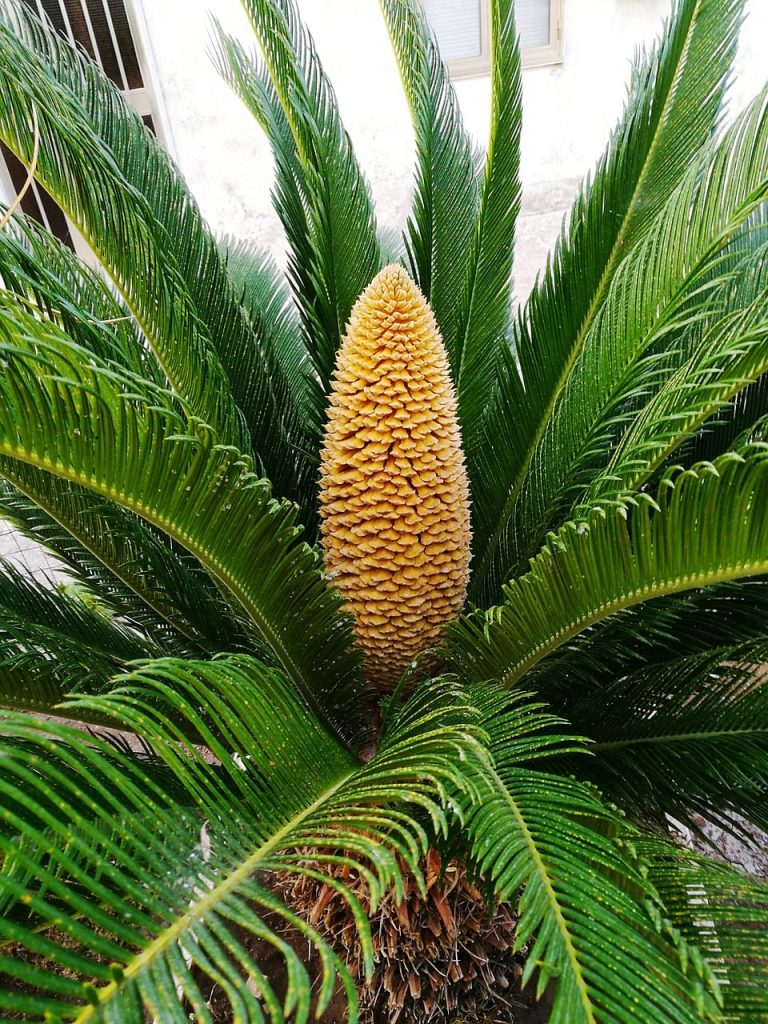
4. Dieffenbachia (Dieffenbachia spp.)
Dieffenbachia, also known as dumb cane, is a popular houseplant prized for its lush foliage. However, it contains oxalate crystals that cause intense oral irritation, drooling, and difficulty swallowing if chewed by cats. These symptoms can be distressing for your pet and may require immediate veterinary intervention. To prevent accidental ingestion, place Dieffenbachia plants in areas inaccessible to your cat or consider opting for pet-safe houseplants as alternatives. Creating a cat-friendly environment is essential for promoting their health and well-being.
First Aid for Poisoned Cats

5. Oleander (Nerium oleander)
Oleander is one of the highly poisonous plants for cats known for its showy flowers and evergreen foliage. Ingestion of oleander can lead to severe gastrointestinal distress, affecting the heart and gastrointestinal system. Symptoms such as drooling, abdominal pain, irregular heartbeat, and potentially death may occur following ingestion. Avoid planting oleander where your cat can access it, and be vigilant about removing any existing plants from your surroundings. Swift veterinary attention is crucial if ingestion occurs to minimize the risk of adverse outcomes.
First Aid for Poisoned Cats
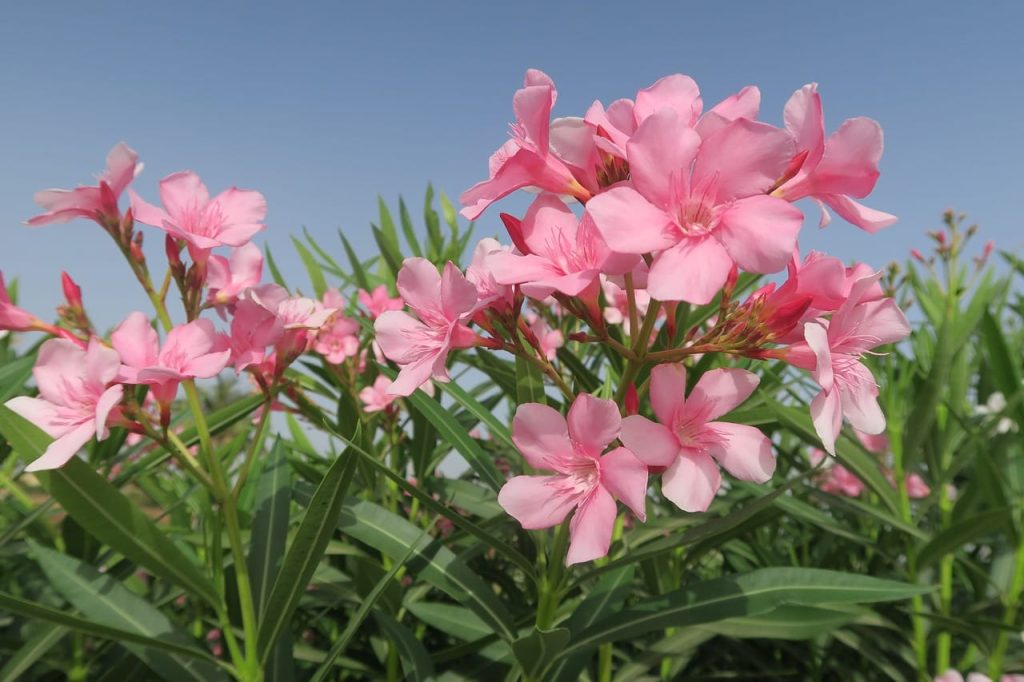
6. Tulips and Hyacinths (Tulipa spp. and Hyacinthus spp.)
Tulips and hyacinths are beloved spring flowers prized for their colorful blooms and sweet fragrance. However, these bulbs contain lactones that can cause gastrointestinal upset, drooling, and more severe symptoms if ingested by cats. While these flowers may add beauty to your garden, exercise caution when planting them in areas accessible to your cat. Consider using these flowers sparingly or opting for cat-safe alternatives to minimize the risk of poisoning and ensure your cat’s well-being.
First Aid for Poisoned Cats

7. Castor Bean (Ricinus communis)
Castor bean plants are cultivated for their ornamental foliage and striking seed pods. However, they contain ricin, a highly toxic substance that can cause severe poisoning in cats if ingested. Symptoms such as abdominal pain, drooling, dehydration, and possibly death may occur following ingestion. To safeguard your cat’s health, refrain from growing castor bean plants in your home or garden, and promptly remove any existing plants if present. Awareness and proactive measures are essential for preventing accidental exposure to toxic plants.
First Aid for Poisoned Cats
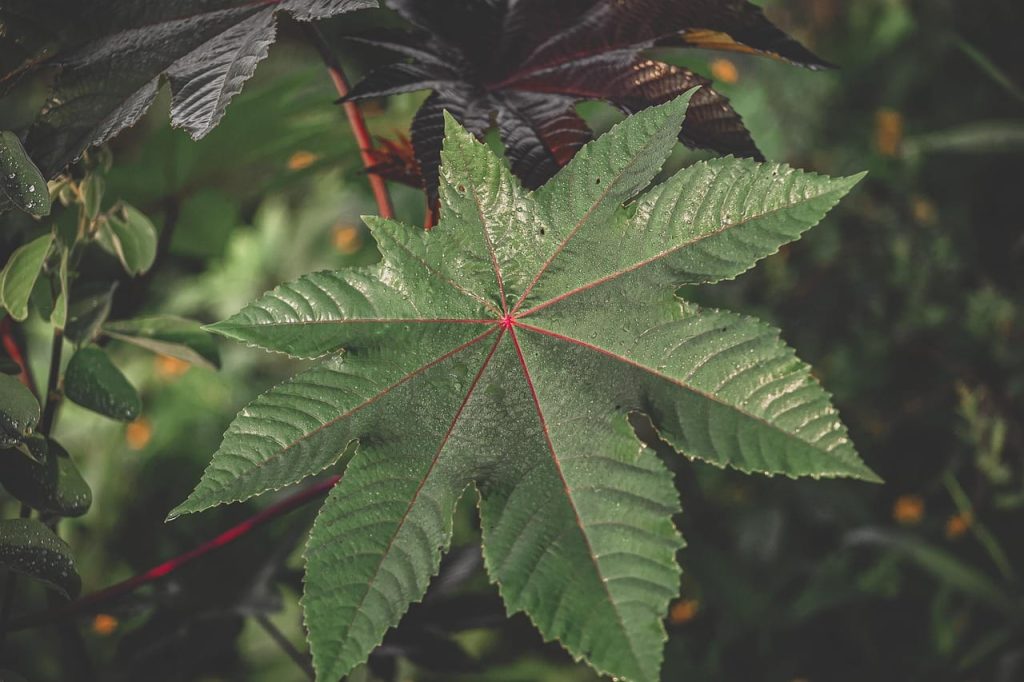
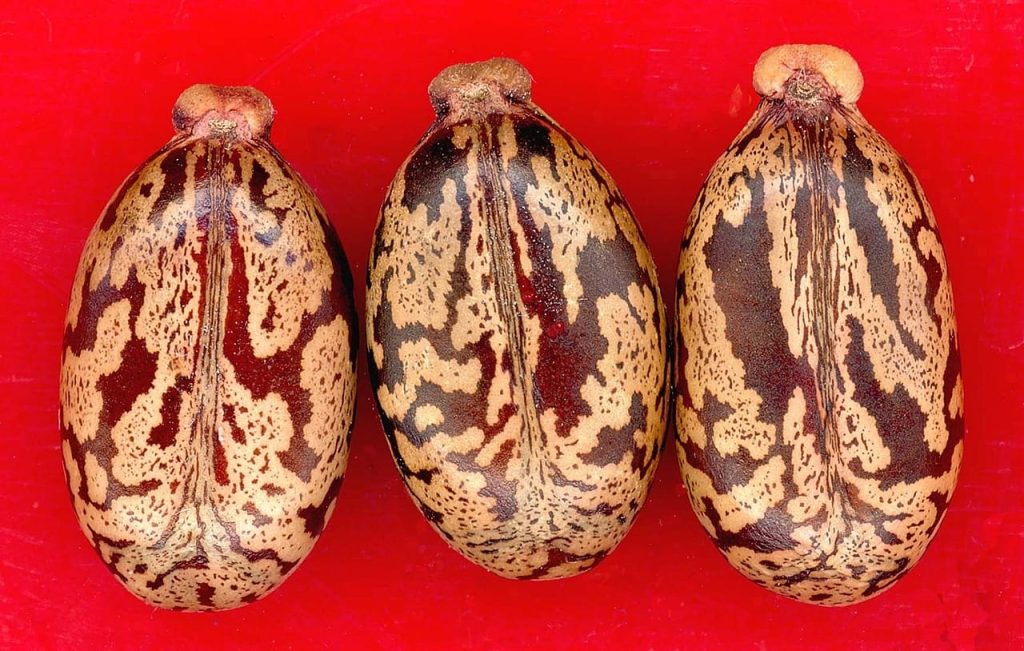
8. Autumn Crocus (Colchicum autumnale)
Autumn crocus is a flowering plant known for its delicate blossoms that appear in the fall. However, it contains colchicine, a highly toxic compound that can cause severe gastrointestinal upset, kidney and liver damage, and respiratory failure in cats. Remove autumn crocus from your garden immediately, and ensure your cat cannot come into contact with this plant. Vigilance is crucial in preventing accidental ingestion and subsequent poisoning, prioritizing your cat’s health and safety above all else.
First Aid for Poisoned Cats
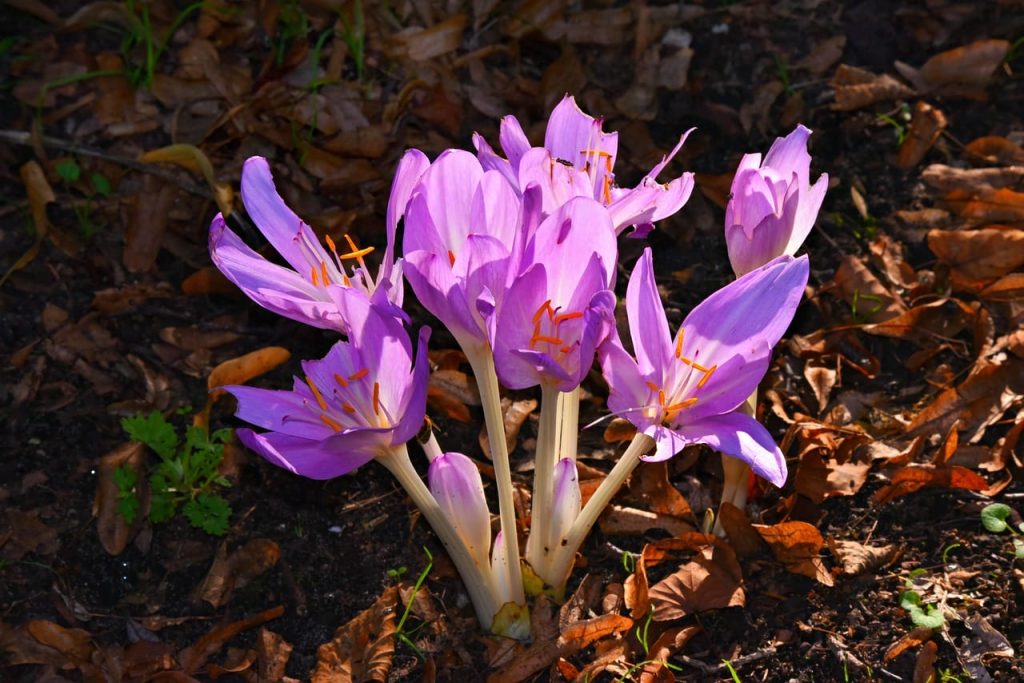
9. Philodendron (Philodendron spp.)
Philodendrons are popular houseplants valued for their lush foliage and low maintenance requirements. However, they contain calcium oxalate crystals that cause oral irritation, excessive drooling, and difficulty swallowing if chewed by cats. To minimize the risk of poisoning, keep philodendrons in hanging baskets or areas inaccessible to your cat. Alternatively, opt for pet-safe houseplants to create a safe and enriching environment for your feline companion.
First Aid for Poisoned Cats
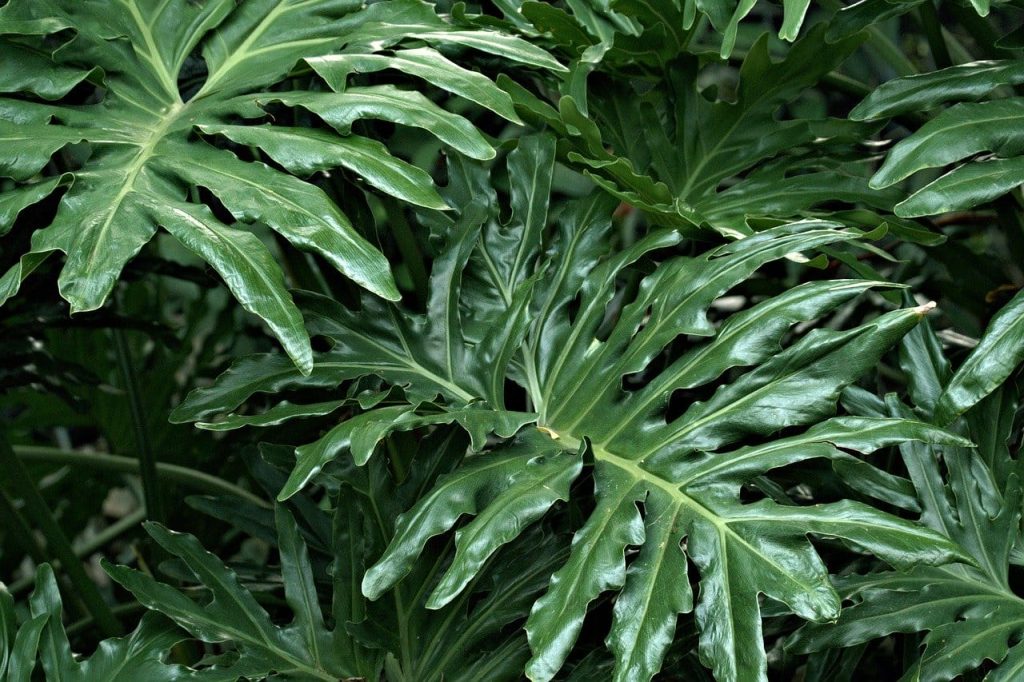
10. Aloe Vera (Aloe barbadensis)
Aloe vera is renowned for its medicinal properties and is often used for its soothing effects on the skin. However, it contains saponins that can cause vomiting, diarrhea, and tremors in cats if ingested. While aloe vera may have therapeutic benefits for humans, it poses a potential risk to curious cats. To prevent accidental ingestion, place aloe vera plants in areas where your cat cannot access them, and consider using alternative remedies for skincare that are safe for pets. By prioritizing your cat’s well-being and taking proactive measures, you can create a safe and nurturing environment that promotes their health and happiness.
First Aid for Poisoned Cats
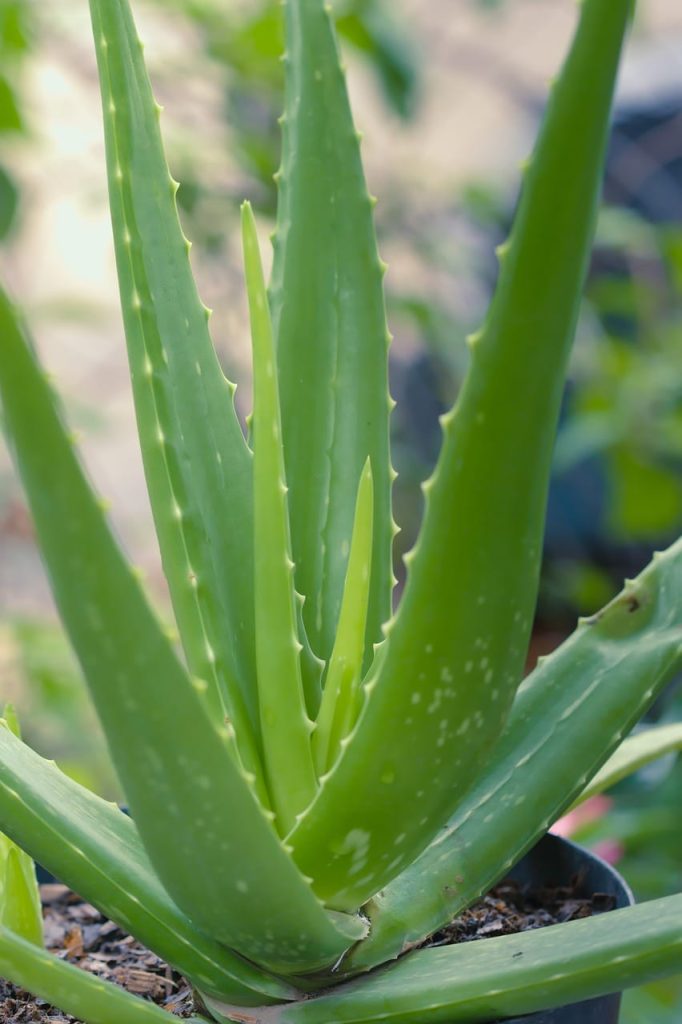
In conclusion, being aware of the most poisonous plants for cats is essential for safeguarding your feline friend’s health. By familiarizing yourself with common toxic plants and taking proactive measures to prevent accidental exposure, you can minimize the risk of poisoning and create a safe environment for your cat to thrive. If you suspect your cat has ingested a toxic plant, seek immediate veterinary care for prompt diagnosis and treatment. You should be aware of how to first aid for poisoned cats. By prioritizing your cat’s health and safety, you can ensure they lead a long, healthy, and fulfilling life as a cherished member of your family.


